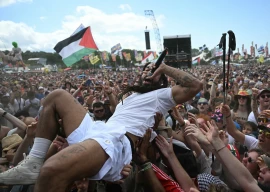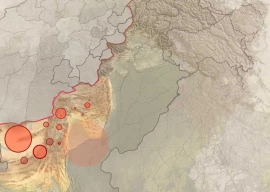
The $1.5 billion, 6.6-mile Expo Line extension from downtown Los Angeles to Santa Monica marks the return of commuter train service to the sea following a six-decade gap in rail operations.
Aesthetic value: ‘Metro Bus route to be green’
Los Angeles Mayor Eric Garcetti was among hundreds on hand for a ribbon-cutting ceremony in Santa Monica, arriving on the train platform with a surfboard.
Metro officials said the ride from downtown Los Angeles to Santa Monica will take about 50 minutes.
The new line marks the first time since the 1950s -- when the city's electric streetcars stopped operating -- that Santa Monica has been accessible by rail.
"We have a very dense population and this will help us traffic-wise," said Los Angeles resident Nanette Sanchez, who attended the inaugural ceremonies.
"Our freeways are just too packed and people are spending too much time in their cars."
Fellow resident Lori Sanchez said the line will offer a welcome reprieve from the city's gridlocked streets and highways, among the world's most congested.
Metro train: LHC bench hears govt counsel’s arguments
"It's going to be very convenient and very cost efficient," she said. "And as far as the environment is concerned, it's going to be great for everyone to jump on the train and leave their car at home."
Garcetti has said he expects the line to be one of the metro system's most popular, far exceeding the expected passenger count of 30,000 a day.
"My prediction is it will go well over 50,000," he said earlier this month.
Orange Line hearing: Govt told to present metro train agreement
"We're running every 12 minutes to begin with, but if we need to run it every 10 minutes or every eight minutes, we can build that capacity as the ridership surges so that you're never going to be in a crowded car, but you'll be able to get in there and get where you need to go."
According to the data company Inrix, Los Angeles has the worst traffic in the country, with drivers wasting an average 81 hours idling in their cars in 2015.


















COMMENTS
Comments are moderated and generally will be posted if they are on-topic and not abusive.
For more information, please see our Comments FAQ